Once I got over the hurdle of being accustomized to my Nikomat FT2 and getting to grips with centerweighted metering, my next goal was to answer 3 basic questions:
- What’s the image resolution & quality actually like – it’s been 20 years since I last used film, is it still ‘usable’ in the age of high-res digital images ?
- How much lattitude have I really got with under & over exposure – will I forever have to walk around with sets of filters, to stop bright skies becoming a blotch of indescipherable white nothingness ?
- How big an impact is the film grain on the image – do areas of flat texture become impressionist Monet paintings ?
I want to share some of my key takeaways I’ve learnt from my initial outings with film (which has been confirmed time-and-again over the last year).
Image usabilty – first impressions
Generally speaking, I’ve found the overall usability & quality of 35mm film images to be surprisingly acceptable. In fact the 3000px wide negative scans from my first roll of Agfavista Plus (comparable to FujiColor C200) had me almost fall off my chair, when compared to the cheaper Kodak ColorPlus – it provide considerably better detail and clarity, it was almost like night & day !
BIG QUESTION : "if I only had my film camera on me, would I end up losing photos, because they're only achievable with digital ?"
BIG ANSWER : "No, not really ... my film camera can handle up to 90% of what I throw at my digital cameras, depending on which film I use."
This is a reassuring conclusion – depending on my film choice, I can confidently skip my digital camera in the majority of situations without any major pangs of anxiety 🤪
Comparing digital & film
First let’s look at the detail itself … so I conducted a rough digital vs. analogue comparison experiment. The comparison below is at 100% resolution, of two 3000px wide images, taken from approximately the same angle with the same lens, film vs digital. Note the digital image has been downsized from 6000px to the 3000px.


Then I ran a number of general comparisons to help me really appraise whether film was a format that I could trust and reply upon. The 35mm film scan is on the left, while the digital image is on the right:
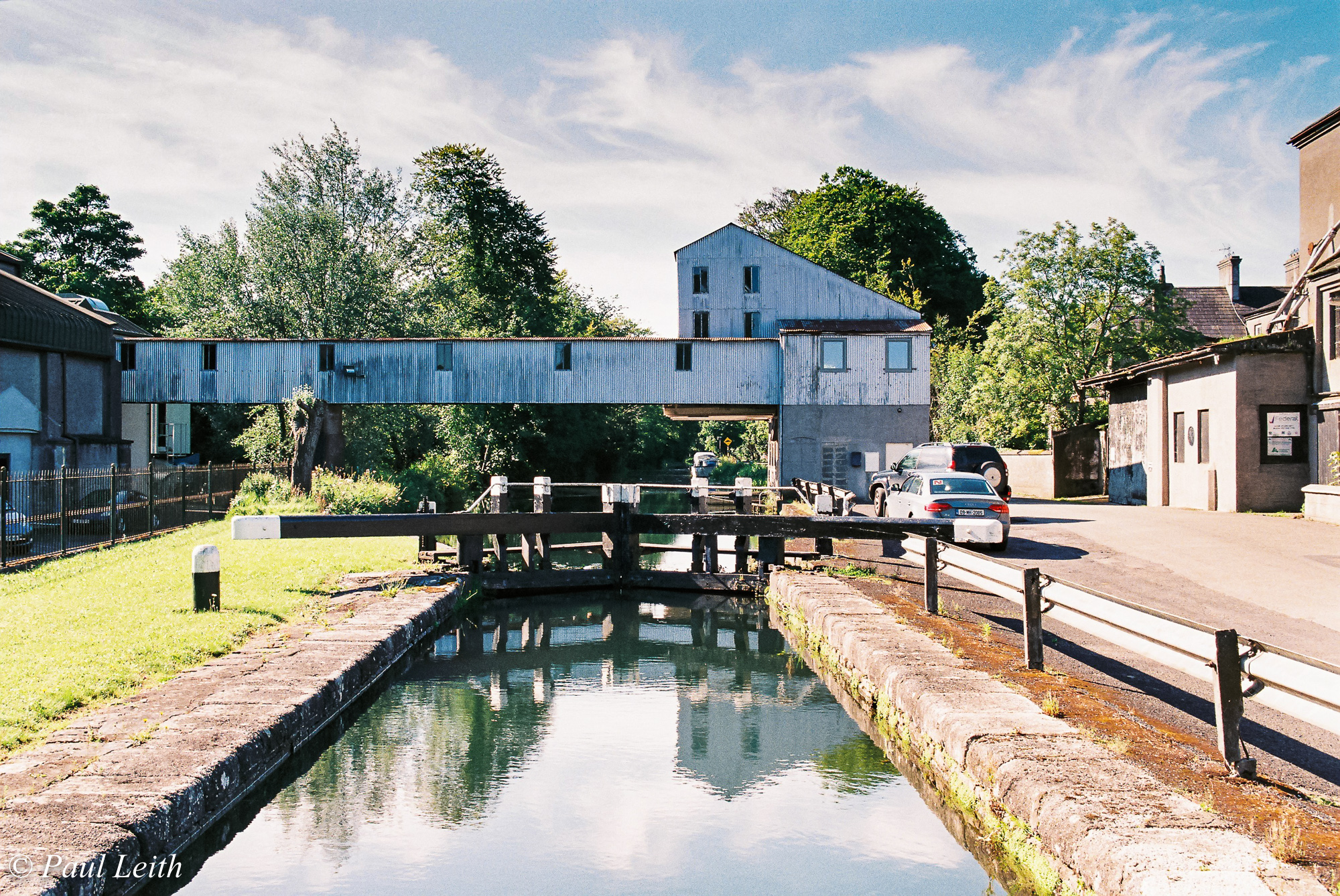

Then I tried this location afterwards


This is a more recent comparison of using FujiColor C200 and my Nikon D610 at a beautiful rapeseed field:
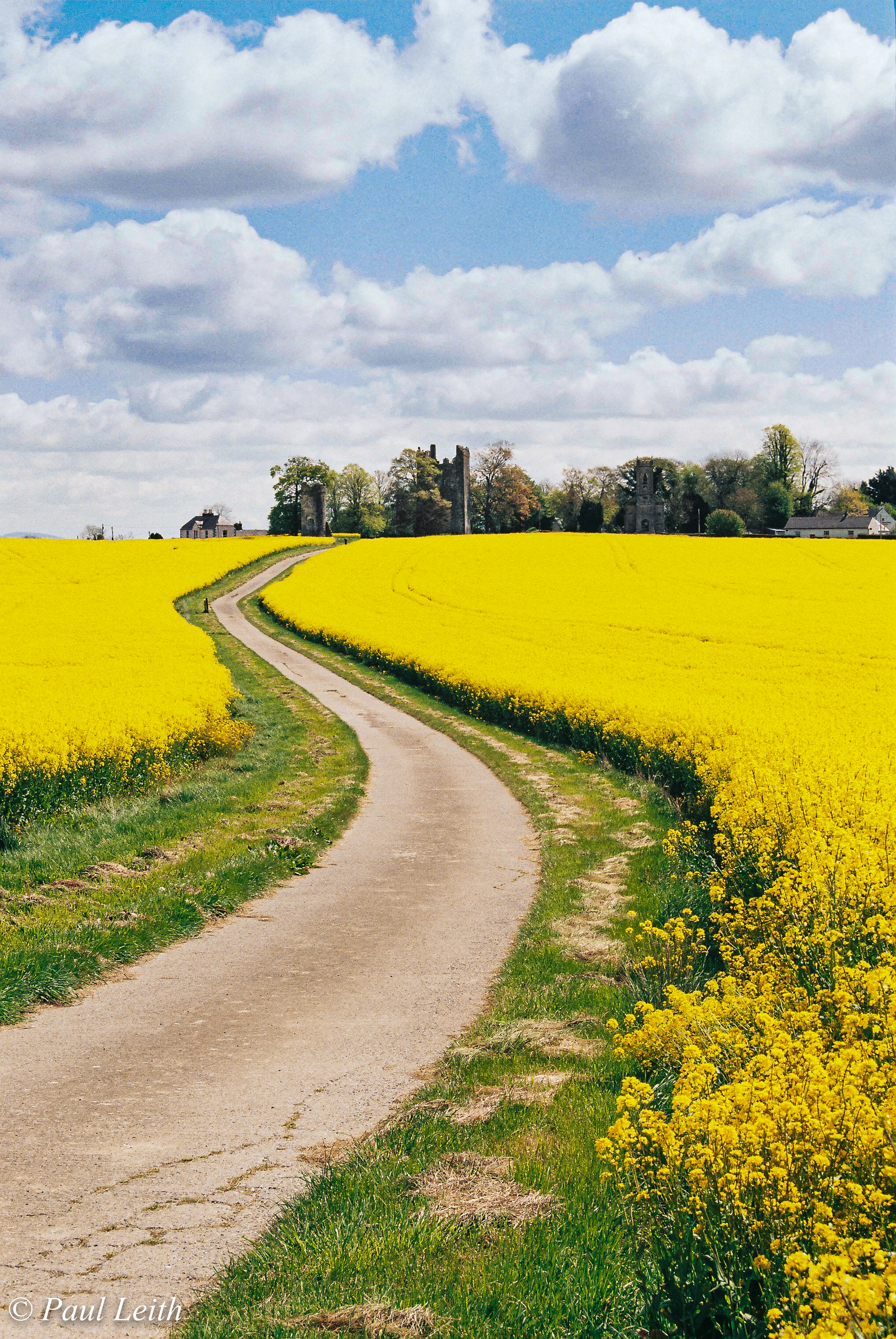
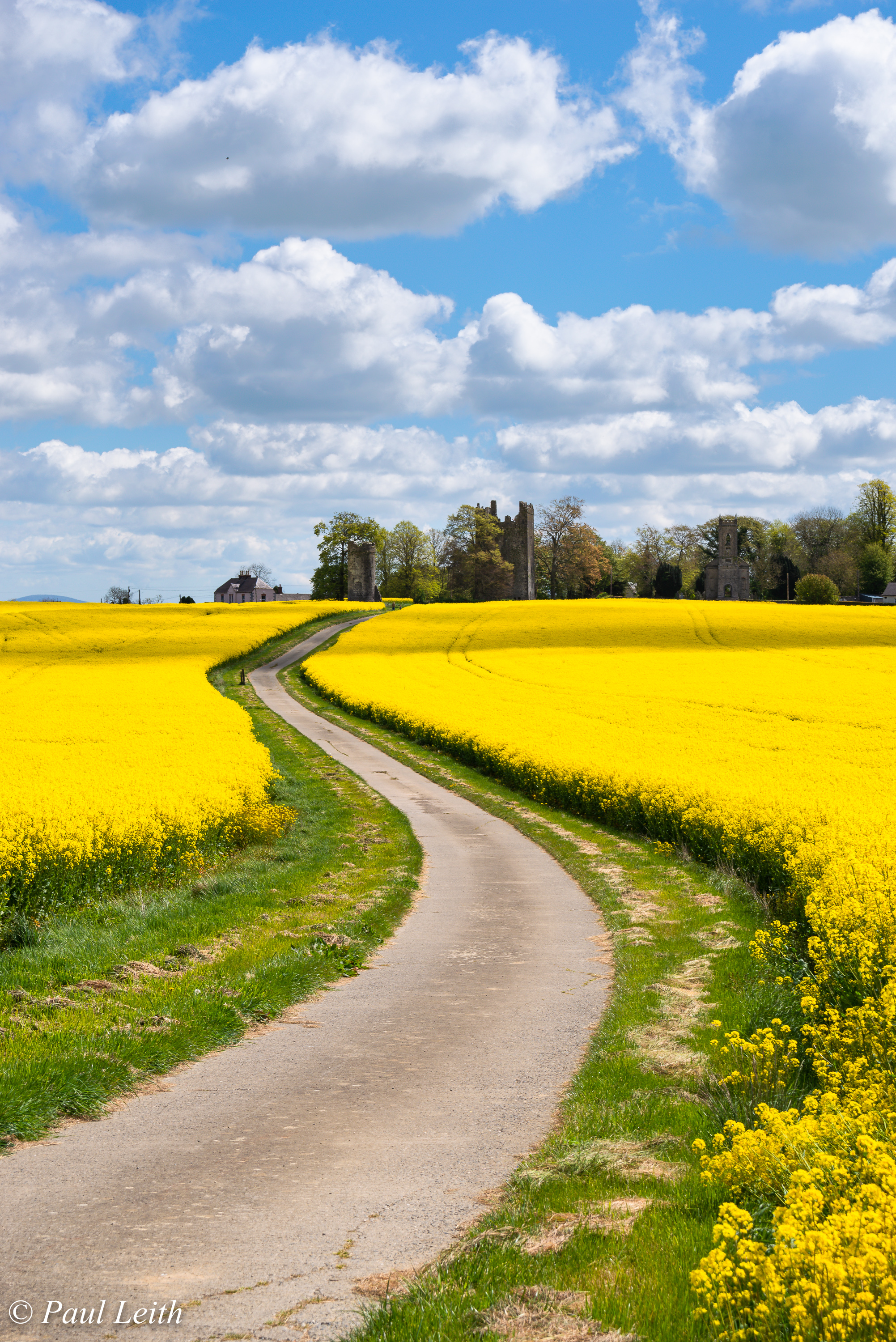
Just one more for the road taking in some urban geometry …

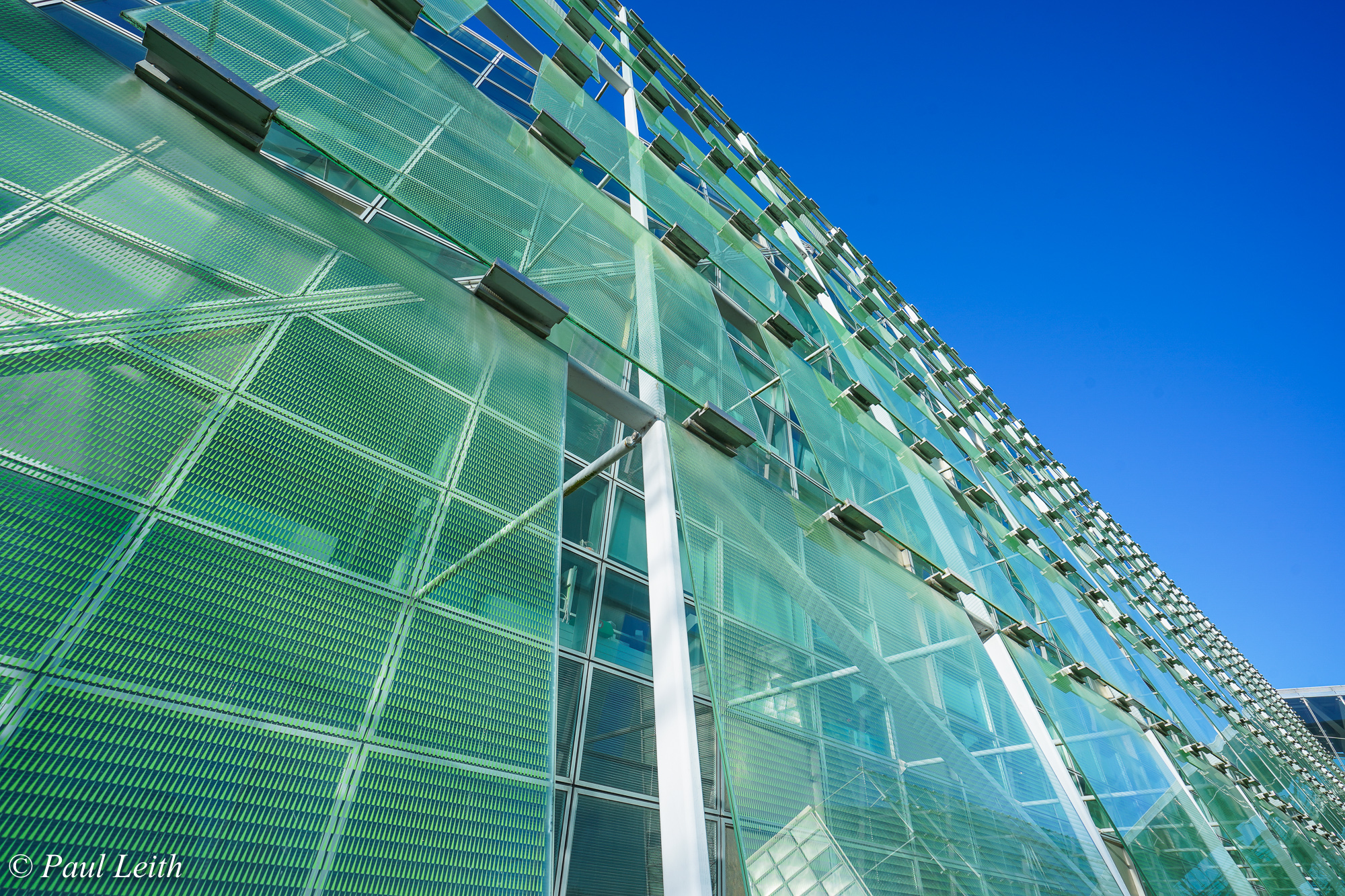
The big differences I found using film compared to digital were:
- Film negative scans @3000px wide compared to their downsized 6000px digital rivals, hold up very well ! The details in blades of grass, pebbles, tree branches are surpringly similar at that resolution 🏆
- Film choice has a major impact on overall quality & resolution … broadly speaking, the cheaper the film the lower the image quality
- A sharp lens, and well-managed lighting exposure are essential if you’re seeking optimum results.
- There are obvious colour tonality & contrast differences. In fact I thought the digital were way too green & blue … while 35mm film was warmer with more pleasing orange/yellow & red tones.
Conclusion
After initial trial and error – different lenses, different film types and upskilling my own metering technique, I’ve realised that 35mm film IS VERY USABLE !
However, just be aware 35mm film is never going to match your 2008+ 24-48mp sensor … think of it as an 8mp digital camera of the 90’s instead … but with a vastly improved battery life, more tactile and more fun !
I hope this helps, see you in my next blog post ! Paul.
💻 Instagram: @irishanalogadventures
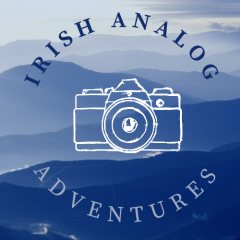

Excellent
LikeLiked by 2 people
Thanks so much, glad you got something from my blog post, I appreciate the support ! Paul
LikeLike